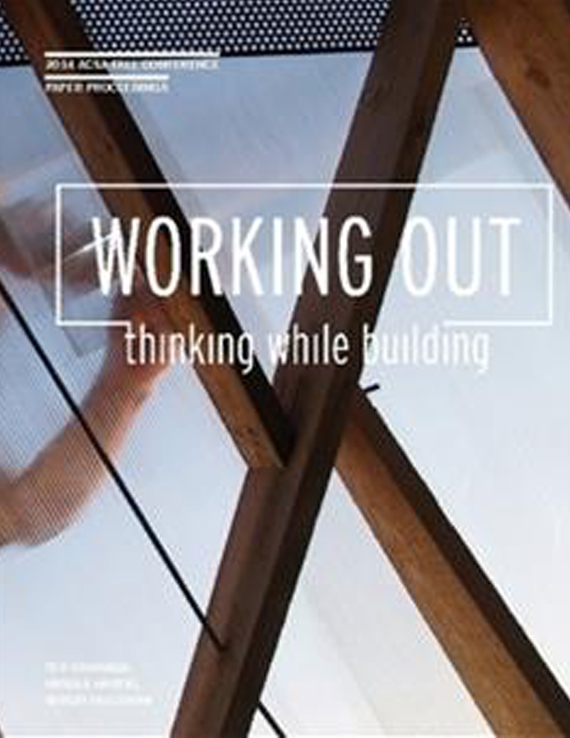Author(s): Travis Bell
Sustainable design is generally associated with technological innovation. As a professor of architecture focused on sustainable design, I am not opposed to technology and welcome all efforts to design solutions to our current predicament. I am, however, concerned that the focus on technology masks an assumption that issues of conservation and carrying capacity will be picked up elsewhere by our students. Worse, as a species, we generally occupy places where systems of ecology are not even present to demonstrate their processes to us (i.e. the city). The allure of the technological solution is that it needn’t address this lack of understanding; it needs only to offer a way around it. I believe the Design/Build pedagogy, carefully structured, can be a powerful tool in educating architecture students in the socio-ecological knowledge necessary to an authentic sustainable design education in architecture.Many thoughtful ideas have been offered for how we might better structure higher education by centering it on the study of healthy socio-ecological systems. I am always searching for ways to better address these questions and issues with my students. These students are eager to design and build human shelters. They are enamored by what they see in popular media. They are technologically advanced and visually minded. They are artists who have been socialized to desire creation more than conservation. How to best impart the socio-ecological knowledge needed at this time to students with ingrained and passionate perspectives so at odds with such knowledge? Design/Build pedagogy offers a compelling opportunity.Design/build courses are incredibly exciting to students and offer them a lasting and visceral experience in the art of design and the craft of building that is mutually inspiring to each. This paper will explore the possibilities of formulating design/build pedagogy to take full advantage of the already demonstrated benefits of the format, while adding a stage of natural resource education that is fundamental to any authentic understanding of issues surrounding sustainability in the built environment. This adapted pedagogy might be called Harvest/Design/Build. This paper offers a modest example of such a Harvest/Design/Build project undertaken with students during the summer of 2013. In this course, students were first tasked with developing a deeper understanding of the chosen building material – in this case bamboo. Students spent time at a local bamboo groove learning about material properties, methods of working with the material, as well as growing and harvesting techniques. After this initial workshop, students were then put to work harvesting our building material in keeping with the desired sustainable growing practices. Armed with a direct experience with the material and a deeper appreciation for the work involved in growing and harvesting, students then began a more traditional design/build process. The results were exciting and encouraging. We have continued to pursue the possibilities of the Harvest/Design/Build pedagogy in an expanded, two-term project, targeting completion in the summer of 2014. This paper explores the potential directions that a fully realized Harvest/Design/Build pedagogy might take, and the conditions necessary to achieve it.
Volume Editors
Sergio Palleroni, Ted Cavanagh & Ursula Hartig
ISBN
978-0-935502-94-7

 Study Architecture
Study Architecture  ProPEL
ProPEL 
